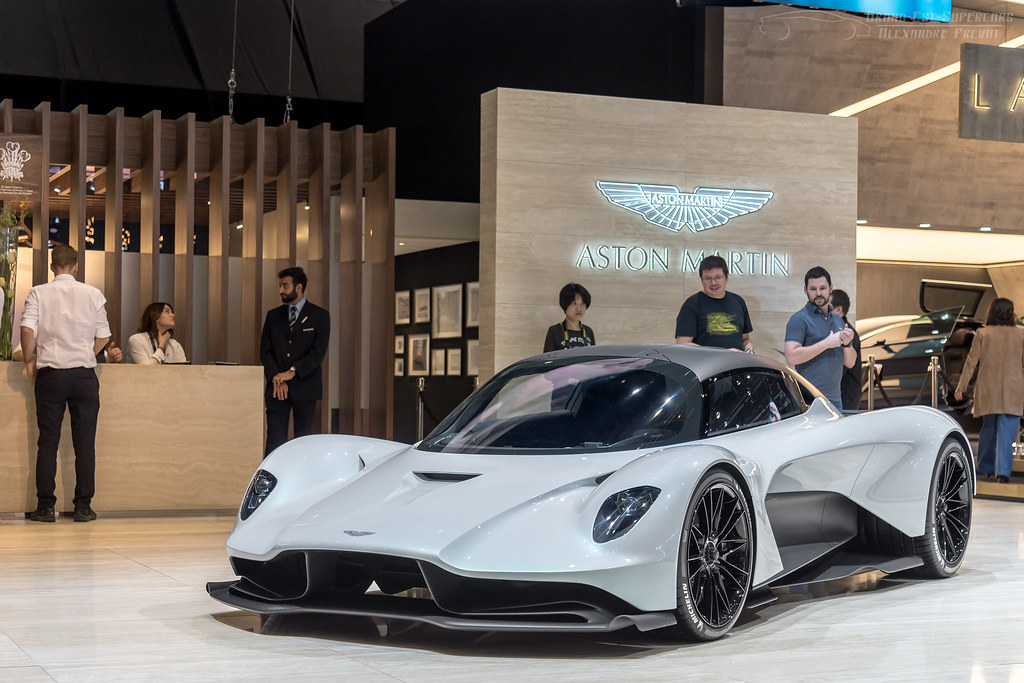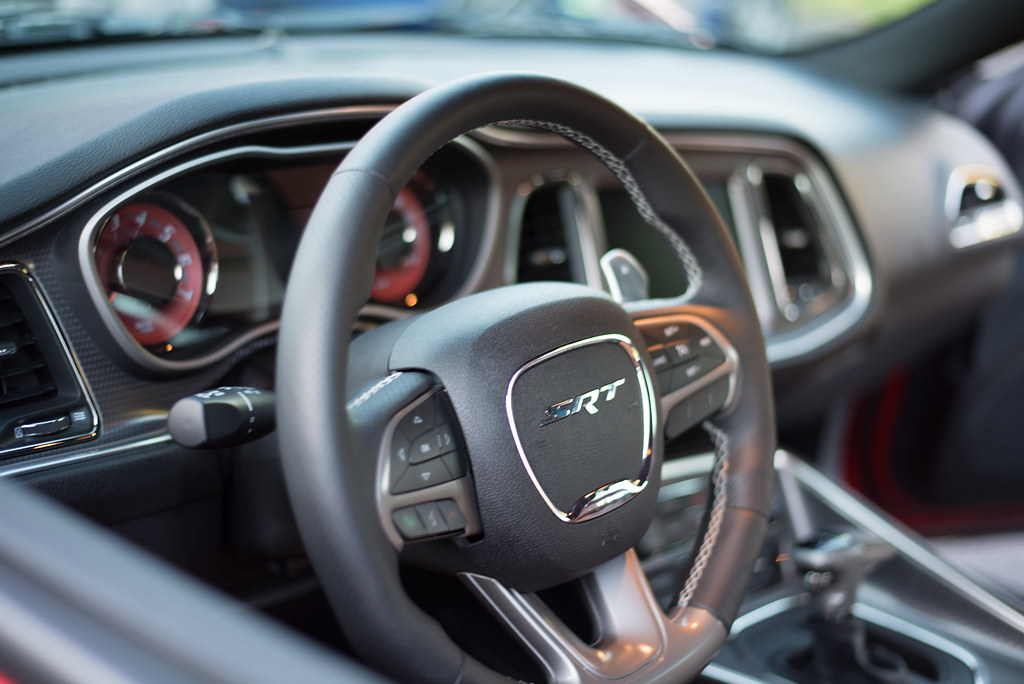
Sep
Introducing the Latest Aston Martin: The Valhalla
Aston Martin has yet again taken a dynamic step in a rigorous and highly demanding arena: the hypercar market. It’s called the Valhalla and it’s due to production lines in 2021. Only 500 of the hybrid supercars will be manufactured, each completely clad in carbon fiber and sporting the iconic name. Watch out, Batman! When James Bond gets hold of this machine, the Batmobile might no longer cut it as the coolest of supercool cars in Hollywood.
Is This the Valkyrie, all Grown Up?
It is exciting times for this brand indeed. For the first time since the turn of the millennium, Aston Martin will be making their own engines. Although the technical specs are not out yet (despite rumors of a 1,000 horsepower), the Valhalla is the next generation of the Valkyrie, after the Valkyrie AMR Pro. Considering the continuation of the Norse god naming theme, it makes sense. CEO of Aston Martin, Andy Palmer, spoke about this connection. Palmer stated that although the Valkyrie was always intended to be a once-off project, there was also an intention for it to create a new bloodline of exclusive, highly specialized hypercars.
Tech, Tech, and More Tech
Rumors aside, what’s certain is that the Valhalla will have a turbocharged V6 hybrid engine. I can’t wait to hear the juicy details like power output, displacement etc. It will also be oozing with the latest tech. Many of the Valhalla’s components are built using 3D printing and an innovative new oil system makes oil changes in less than 90 seconds possible. The mysterious engine will definitely be able to achieve ridiculous, and totally illegal speeds.
Is it a Car? Is it a Plane?
Its mind-blowing design and superlight body will most likely facilitate otherworldly road handling at those crazy speeds. The active, aerodynamic features are expected to deliver exceptional levels of downforce through a new-fangled technology known as FlexFoil. Endorsed by NASA, FlexFoil physically alters the Valhalla’s rear wing once it begins to pick up speed and drastically improves downforce. In a nutshell, this is aircraft morphing technology, used on a low-flying car on the ground.
Step Inside
Made with what Aston Martin calls ‘space-age’ materials, the interior has a lightweight center console with basic switches. A well-designed dash strip provides ambient lighting and, again, the basics like air vents and speakers. The storage space behind the seats is a nice, practical touch and the screen mounted on the steering column will make it even more pleasant to drive this car, like it can get any better!
Heaven Sent
As always, Aston Martin cars captivate and entertain by telling stories and invoking emotions. This time they’ve decided to name their hypercar Valhalla. According to Norse mythology, Vikings who wage their battles fiercely and die in honor will be carried by Valkyries to a large and majestic hall in Asgard named Valhalla. Naming this hypercar after Viking heaven is quite appropriate. Who can think of anything more heavenly than driving this spaceship on wheels?

Jul
Dodge is Swapping Supercharged for Super Charged
True to muscle car tradition, Dodge has kept their brand offering pure horsepower instead of evolving into contemporary sports cars like Mustang and Camaro. Not that there’s anything wrong with sporty American muscle, it’s just awesome that Dodge is keeping the original muscle car purpose alive and revving. Since it was first released in the 1970s, the Dodge Challenger has been the embodiment of pure muscle. And it’s just getting ‘bigger and badder’ – they even say so in their ads! The latest Challenger SRT Hellcat is fierce. It’s a monster in design and performance. Although I am a die-hard Mustang fan, this Challenger is a supercharged mean machine that holds a special place in my heart – especially because it gives out that old-school vibe. But this may be about to change.
Evolution is Inevitable
Dodge has dodged some of the evolutionary steps like using technology to up their game. For example, Mustang improved their V8s efficiency by evolving their flat-plane crankshafts. They still have that intoxicating loud purr, but the Dodge is definitely a bit rougher around the edges, and that is one of the things making this brand attractive to its followers. But, despite their insistence on keeping cars quite traditional, Dodge is one of the first contemporary classics making the decision to take advantage of the many benefits of going electric.
The Absolute Future, But When?
According to Tim Kuniskis, the man in charge of passenger cars for Fiat Chrysler Automobiles (FCA), Dodge Challenger and Charger will definitely have some kind of electric future, but just how electric, is not yet known. At the unveiling of the Dodge SRT Hellcat and Scat Pack, Kuniskis said, “I think the absolute future is the electrification of these cars.” According to Kuniskis, customers will continue to focus on power and performance and the reason why FCA has not already released electric versions of the Dodge Challenger and Charger is because of affordability. Kuniskis reckons that as soon as the price points come down and it becomes a viable option for mainstream releases, they’ll get on board.
Dodge Fans May Jump Ship Though
There is something to be said of the die-hard Dodge fan. They seem to like their cars rough and ready, growling and rearing to go with max torque and traction. If Dodge decides to go all-out with a battery-electric version of the Challenger, Dodge-loving drivers will likely demand that performance is on par with what they’ve come to love and expect from their favorite brand. The Challenger SRT Hellcat rules the road with a top speed of 199mph and the Charger has even more impressive performance with its 717-horsepower option that can propel it from 0 to 60 in a mere 3.5 seconds.
Say Sayonara
Sadly, FCA boss Mike Manley is not too positive about keeping the dream alive. According to Manley, electric cars are definitely the future of the American muscle engine but it’s not going to be a “V8, supercharged, 700-horsepower engine.” I reckon most progressive petrol heads will likely be hoping for a little bit of both, maybe petrol engines supplemented with electric systems. What do you say FCA? Can we hope for a Hybrid Challenger?



